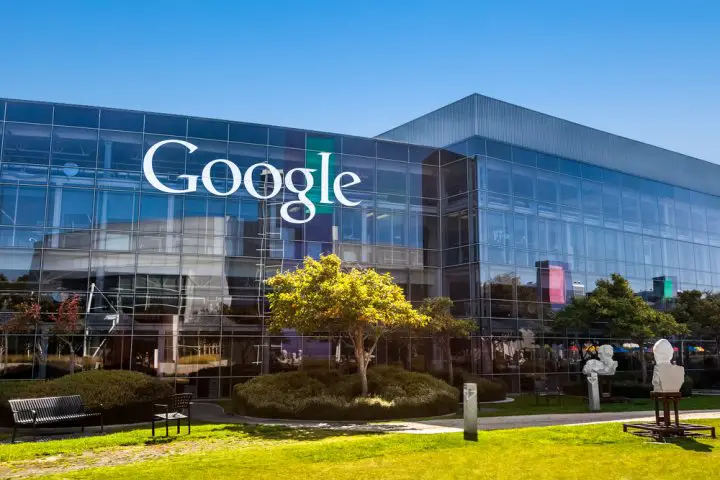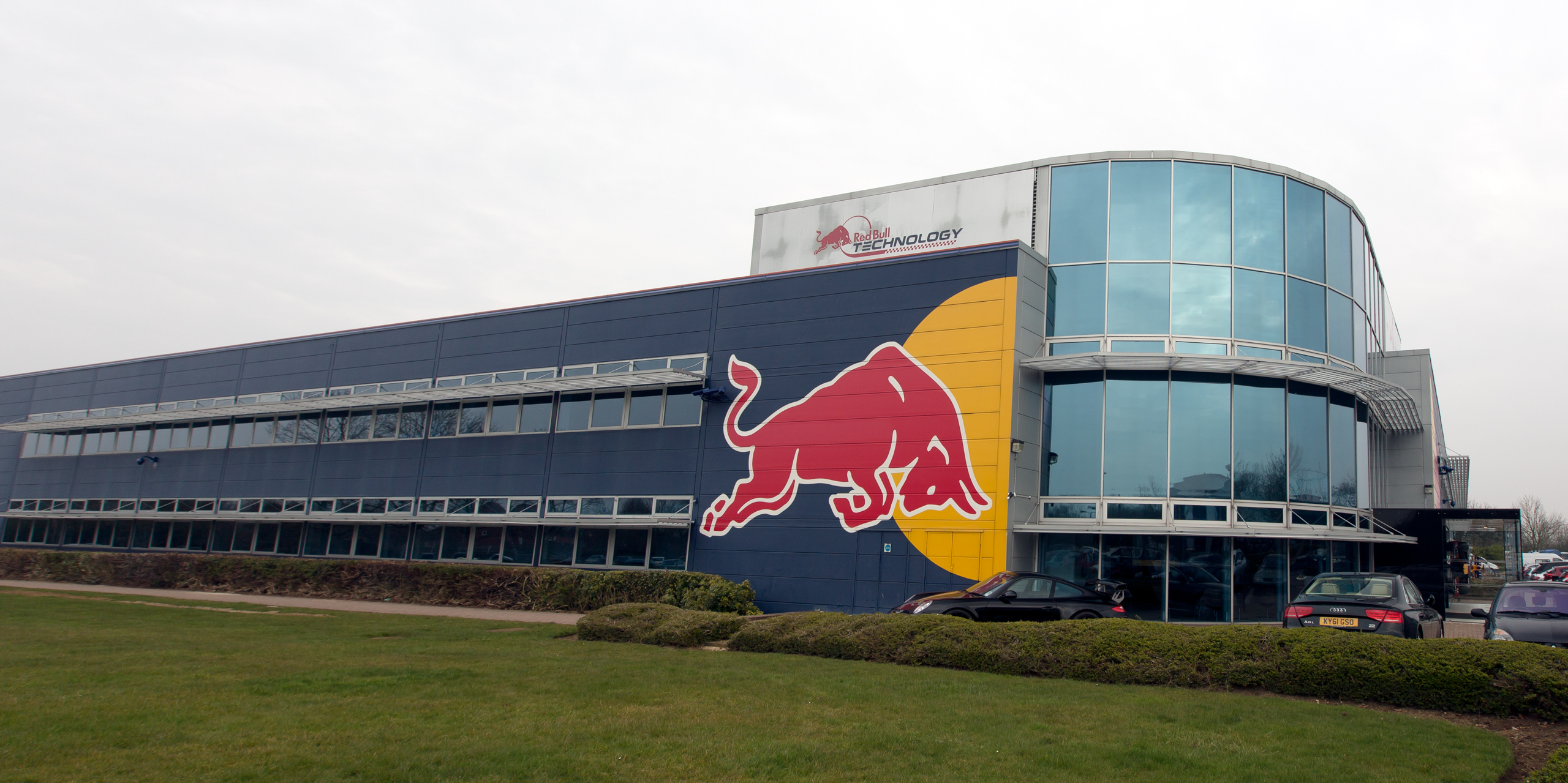Google Mission and Vision Statement Analysis

Google mission statement is “to organize the world’s information and make it universally accessible and useful.” Google is perhaps the most successful company to come up with a strategic approach to organize information for online users in the last two decades. With this company, it has become easier and better structured making it not only accessible but also useful. It is this influential role that the mission statement of the company emphasizes on. Based on this analysis, the following characteristics make up Google’s mission statement:
- Sharing of new ideas
- Global accessibility
- Boosting organization
Google satisfies its sharing of new ideas component by providing a stable platform for people and companies to disseminate their content. The company has been credited for being one of the most informative establishments of its time. Google has come out strongly as an empowering firm with a variety of channels it has designed and integrated to ensure its users are treated to limitless sources of information.
In this way, the company assists in sharing of new ideas. The second component relates to this one because of the ability of the company to pool all global content in one place. It does this through a specially designed automated script that methodologically browses the web to collect the most up to date information, including the new ones, then stores it for easy accessibility by its users.
There is no doubt that the various platforms offered by the company are globally accessible including its subsidiaries. For instance, one can access the Google search engine wherever they are, and the same case applies to platforms such as YouTube, Google Assistant, Photos, and Google Cloud. With site crawling, all Google needs is to exploit its algorithms to ensure this data is not only accessible but also organized in relation to its last component in the mission statement. In fact, the organization algorithm adopted by Google is so unique that it tracks user trends and personalizes their information needs to collate and bring them what they need most, a factor that has made Google the company of choice for virtually all modern online users.
Introduction
Google LLC has distinguished itself as a company of its kind, with an absolute dominance in internet-related services and other products. Google has progressively managed to stay at the top of all other players in the sector commanding one of the largest user audiences in the contemporary era ever since it was launched in 1998 by Menlo Park in California.
Today, Google occupies a position of influence as a unique brand, thanks to the strength of its mission and vision statements. While Google has gone through strategic changes, including the rebranding of its name from what it was originally known as Google Inc. to the modern name, the company has not lost its original leadership influence in its market. In any case, the transformation has only made Google a much stronger and focused company.
A corporate vision statement of a firm reveals the future the company goes all-out to achieve. On the other hand, the mission statement outlines the strategies the management applies to propel the company towards this future. In the case of Google, its mission statement does exactly what is expected of such a statement. It outlines the strategies Google has in place to grow its business.
In its vision statement, the focus inclines on how much the company can achieve. Google also brings in the element of its core values. These are described as business factors that influence the overall practices in an organization. The presence of these values, together with the mission and vision statement have overly been instrumental to the success recorded by Google over the decades.
| Name | Google Inc. |
| Industries served | Internet |
| Geographic areas served | Worldwide |
| Headquarters | U.S. |
| Current CEO | Eric Schmidt |
| Revenue | $ 50.17 billion (2012) |
| Profit | $ 10.7 billion (2012) |
| Employees | 53,861 (2012) |
Vision Statement
Google vision statement is “to provide access to the world’s information in one click.” This vision statement is a reflection of what the company is best known for – giving its customer easy and speedy access to information without a struggle. In fact, the predictive elements integrated within the search engine illuminate the meaning of
- Access to world’s information
- In one click
Google concept of linking its customers to information across the globe is based on the past struggles to access data using conventional methods. To solve this problem, the founder designed an open-access platform where users can have unlimited information at their exposure. The company not only identifies existing webpages and stores this information for its users but also ensures that anyone across the globe can access it through its search engine service.
When it comes to fulfilling the last element of its vision statement, Google has designed a system that ensures there are minimal complications whenever a user requests for specific information. It is a feature that is widely supported by the organization of the webpages and information collected and indexed by the company. In this way, all the customer needs to do is to search for what he or she needs and leaves the rest to the innovative features integrated into Google platform.
Core Values
Google core values include “Focus on the user and all else will follow, Fast is better than slow, Democracy on the web works, You can make money without doing evil, There’s always more information out there, and great just isn’t good enough.” Google has a long list of values that drive the operations of the company. They also come in handy in creating a culture that makes it a go-for company in the technology, software, and cloud computing sector.
Within all its values, Google lays emphasis on the importance of the user. It echoes the focus of the company while developing and collating web content. Google is not satisfied by simply ensuring that data is there, its second value sheds more light on the need for giving this information much faster and in a reliable and respectful manner. It is the reason the company points at doing good while going all out to get information around the world. Most importantly, Google’s attitude that there is always room for growth has kept the company on an upward trend as hinted by the last value in this analysis.
Slogan / Motto
Google’s slogan: Do the right thing.
Google’s slogan before June 2018: Don’t be evil
Headquarters
Google’s main headquarters is in Mountain View, California, United States
References
- Adam, A. K. (2016). Empirical Assessment of Mission Statement Content. In Strategy and Success Factors of Business Schools (pp. 57-76). Springer Gabler, Wiesbaden.
- Aithal, P. S. (2015). How an effective leadership and governance supports to achieve institutional vision, mission and objectives. International Journal of Multidisciplinary Research and Development, 2(5), 154-161.
- Awareness, P., Center, I. L., & Education, P. T. (2015). Mission and vision statement.
- Bowen, S. A. (2018). Mission and Vision. The International Encyclopedia of Strategic Communication, 1-9.
- Burlingame, A., Carr, S., & Gingras, A. C. (2018). Editorial focus on the current MCP Mission Statement and Scope. Molecular & Cellular Proteomics, 17, 397.
- Chhotray, S., Sivertsson, O., & Tell, J. (2018). The roles of leadership, vision, and empowerment in born global companies. Journal of International Entrepreneurship, 16(1), 38-57.
- David, F. R., David, F. R., & David, M. E. (2016). Benefits, characteristics, components, and examples of customer-oriented mission statements. International Journal of Business, Marketing, & Decision Science, 9(1).
- Eckert, J., Glick Schiller, N., & Reyna, S. (2016). Vision Statement: Anthropological Theory from and for Everybody. Anthropological Theory, 16(2-3), 320-323.
- Ekpe, E. O., Eneh, S. I., & Inyang, B. J. (2015). Leveraging organizational performance through effective mission statement. International Business Research, 8(9), 135.
- Google – About.
- Kirkpatrick, S. A. (2017). Toward a Grounded Theory: A Qualitative Study of Vision Statement Development. Journal of Management Policy and Practice, 18(1), 87-101.
- Laramee, A. (2019). Strategic plan: Vision for our future. Heart & Lung: The Journal of Cardiopulmonary and Acute Care, 48(3), 175.
- Li, S. T. T., Frohna, J. G., & Bostwick, S. B. (2017). Using your personal mission statement to INSPIRE and achieve success. Academic pediatrics, 17(2), 107-109.
- Martin, E. M., Cowburn, I., & Mac Intosh, A. (2017). Developing a team mission statement: Who are we? Where are we going? How are we going to get there?. Journal of Sport Psychology in Action, 8(3), 197-207.
- Rey, C., & Bastons, M. (2018). Three dimensions of effective mission implementation. Long Range Planning, 51(4), 580-585.
- Toh, S. Y., & Koon, V. Y. (2017). Determining mission statement effectiveness from a fit perspective. Studies in Business and Economics, 12(2), 220-240.



The mission & vision statements refer to the customer, how does the company prepare its employees to manage and keep up with the system changes?
Not sure if the vision statement mentioned above qualifies as one. Reads more like a mission statement. In your own words, a vision statement must be a statement of the future state of the organization. Plus the core values don’t sound like they’re fixed. Are they just an approximation? Is there a determined list of values like the ones other companies have?